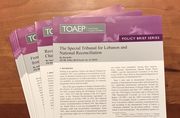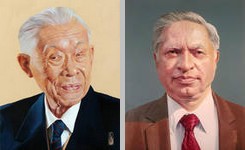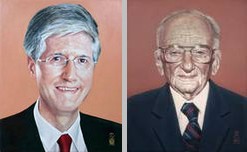Table of contents:
Element:
"this offence has a specific intent mens rea. The Accused must have therefore intended that the personnel, installations, material, units or vehicles of the peacekeeping mission be the primary object of the attack."[1]
ICTR
"Bagosora knew about the attack on the peacekeepers in time to intervene to save at least some of them. In this regard, it notes that Bagosora admitted that he learned about the situation facing the peacekeepers from Nubaha's secretary at 12.15 p.m. and that following this conversation, he proceeded to Camp Kigali to investigate the matter for himself when at least some of the peacekeepers were still alive in the UNAMIR office.1484 He testified that, upon returning to his office, he told Dallaire that four of the Belgian peacekeepers had been killed, but that the others were still alive in the camp's UNAMIR office."[2]
SCSL
"With regard to the mens rea of the offence, the Chamber opines that the Prosecution is obliged to prove that the Accused must have known or had reason to know that the personnel, installations, material, units or vehicles were protected. It is not necessary to establish that the Accused actually had legal knowledge of the protection to which the personnel and objects were entitled under international humanitarian law, but the Accused must have been aware of the factual basis for that protection."[3]
Footnotes:
[1] SCSL, Sesay et al. Trial Judgment, 2 March 2009, para. 232.
[2] ICTR, Bagosora and Nsengiyumva Appeal Judgment, 14 December 2011, para. 620.
[3] SCSL, Sesay et al. Trial Judgment, 2 March 2009, para. 235.







